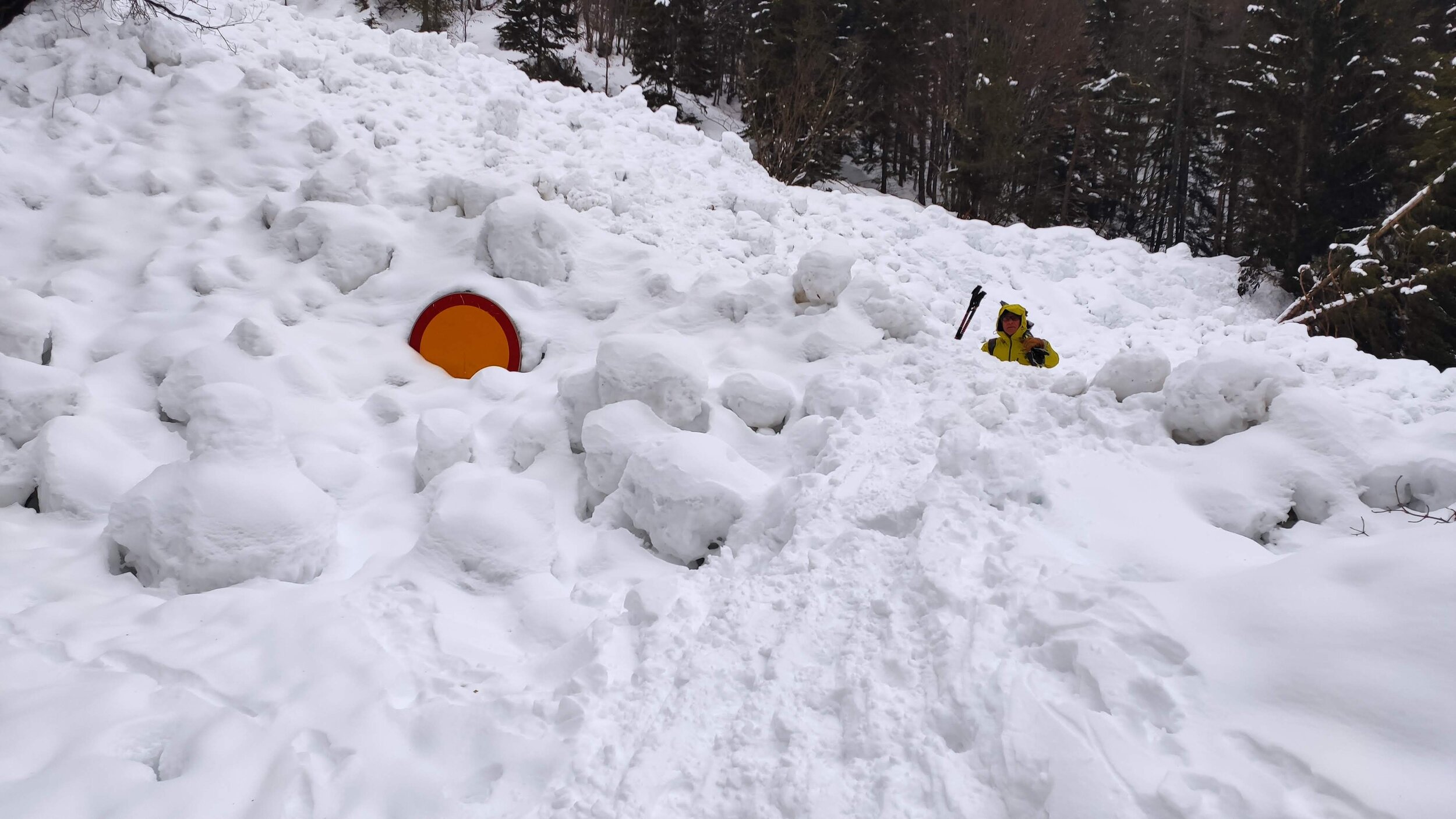Evaluate your level of fitness and climbing/mountaineering/skiing skills
If you want to enjoy skiing, climbing, or trekking, you have be active throughout the year, while also doing target training for 1 to 6 months before your trip. Such trainings will increase you chance of success.
Don’t count only on your experience and your past fitness level, but focus instead on your current capabilities. Don’t wait until the last minute and then train intensely; your fitness level and good shape should be long lasting.
Fitness level
Level A You can hike 4-5 hours (run 5 to 10 km) per day (doing 250 vertical meters per hour); you can ascend 600 to 800 vertical meters per day with a 3-8 kg pack.
Level B You hike in the mountains regularly or you run regularly, having already made tours of several days. You can walk 5-8 hours (run 10 to 20 km) per day (doing 250 vertical meters per hour); you can ascend 600 to 800 vertical meters per day with an 8-10 kg pack.
Level C You exercise every day, hike or run regularly, having already made tours of several days. You are able to walk at least 8 hours (run 20 to 30 km) per day (doing 300 vertical meters per hour); you can ascend 1000 to 1300 vertical meters per day with a 10-12 kg pack.
Level D You are a great athlete or a seasoned mountaineer, able to accept physical and mental commitment. You can walk 8 to 12 hours per day (run a marathon). You can ascend 1300 to 1800 vertical meters per day with a 10-12kg pack.
Tehnical level
Level 1 Overall difficulty F (easy) and PD (a little difficult); snow/ice slopes up to 30°; rock climbing up to UIAA grade II*
Level 2 Overall difficulty AD (fairly difficult); snow/ice slopes up to 40°; rock climbing up to UIAA grade II and III*
Level 3 Overall difficulty D (difficult) and TD (very difficult); snow/ice slopes up to 55°; rock climbing up to UIAA grade IV and V*
Level 4
Overall difficulty ED (extremely difficult), long, sustained and engaged routes; snow/ice slopes up to 70°; rock climbing up to UIAA grade VI*
* Routes in the mountains are harder than you imagine, because of the effects of the altitude, cold, length, the weight of the backpack …
Ski level
Ski Level S1 Off-piste beginner, but confident on red and black runs at ski resorts. You can ski slopes up to 35°. You will improve your technique in variable snow conditions with your guide.
Ski Level S2 Good piste and off-piste skier. You have some ski touring experience. You are comfortable in all snow conditions and styles of skiing and can ski in variable conditions. You can ski black runs with a 3.6 kg backpack (about 8 pounds). You can traverse short steep slopes while skinning. You are capable of walking with crampons.
Ski Level S3 Very good skier and ski tourer (backcountry skier). You can ski tour/ski in all snow conditions on slopes up to 40°. You have already made several ski tours. You have extensive experience in ski touring (carrying skis on your backpack, using ice axes and crampons) and have the technical skills to ascend or traverse steeper slopes.



















